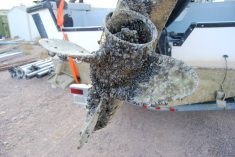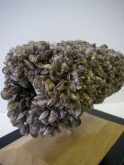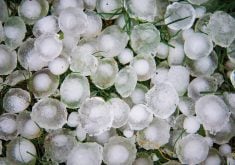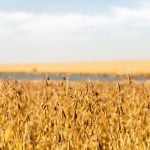Common buckthorn, otherwise known as European buckthorn, has been found in two locations in Alberta — in Edmonton along the North Saskatchewan River and in Stettler County.
It was originally brought to North America from Eurasia as an ornamental, but soon spread throughout the continent. High seed production and excellent tolerance to Canada’s climate allow this tree to outcompete many native species.
Common buckthorn is a deciduous shrub or tree, growing to seven metres or more. Branches are usually tipped with a spine, and scratching away the outer bark will reveal bright-orange inner bark. The best time to scout for this tree is at the very beginning and end of the growing season, as it is one of the first trees to grow and shed its leaves.
Read Also
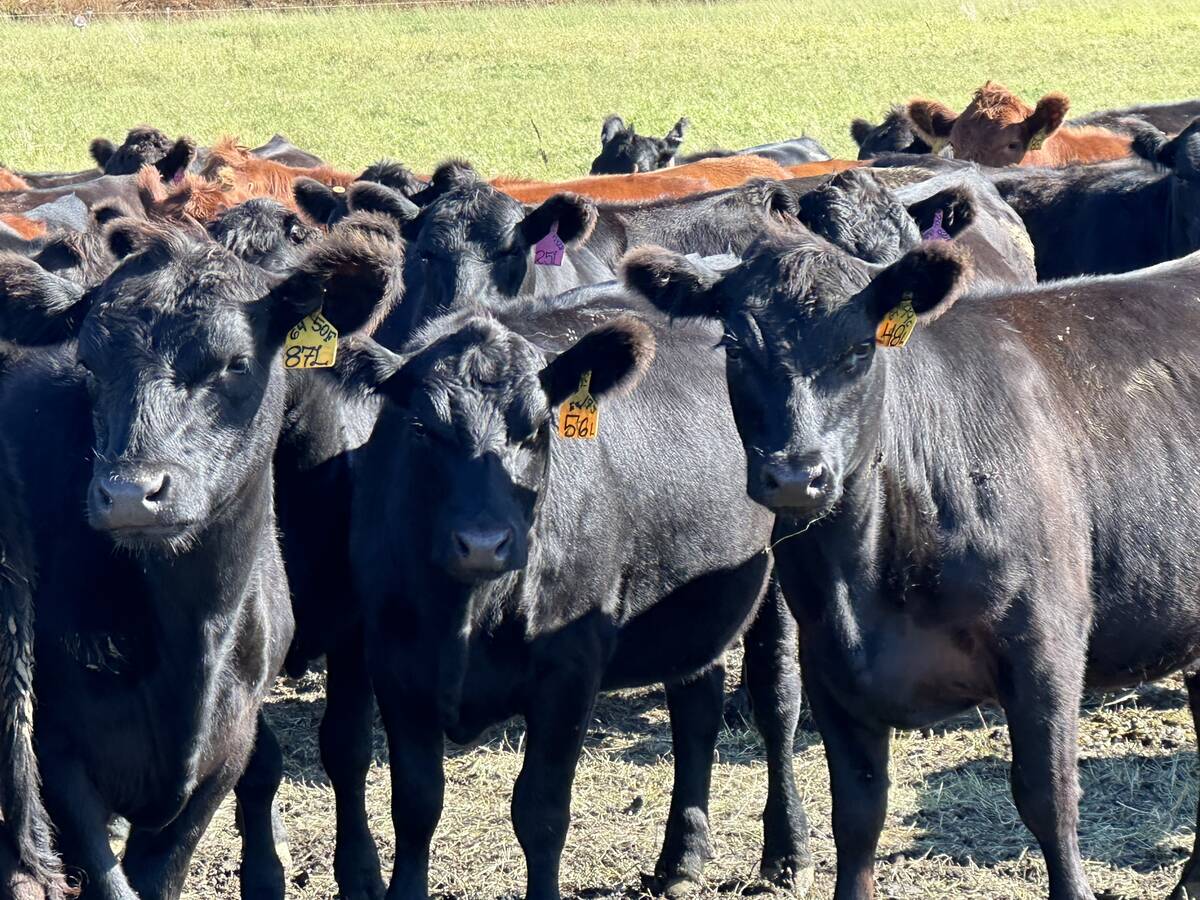
Want to track the cattle industry? Follow the heifers
Beef specialists examine key indicators in Canadian market for growth patterns in cattle markets
Control of this species usually involves a combination of mechanical, cultural, and chemical methods. Whole tree removal, berry removal, chemical herbicides, and mulching combined with revegetation are some options that should be used together.
The earlier this invasive prohibited noxious weed is found, the less costly and time consuming control will be. For more information on this or any invasive plant, contact your local Agricultural Fieldman or the Alberta Invasive Species Council.




